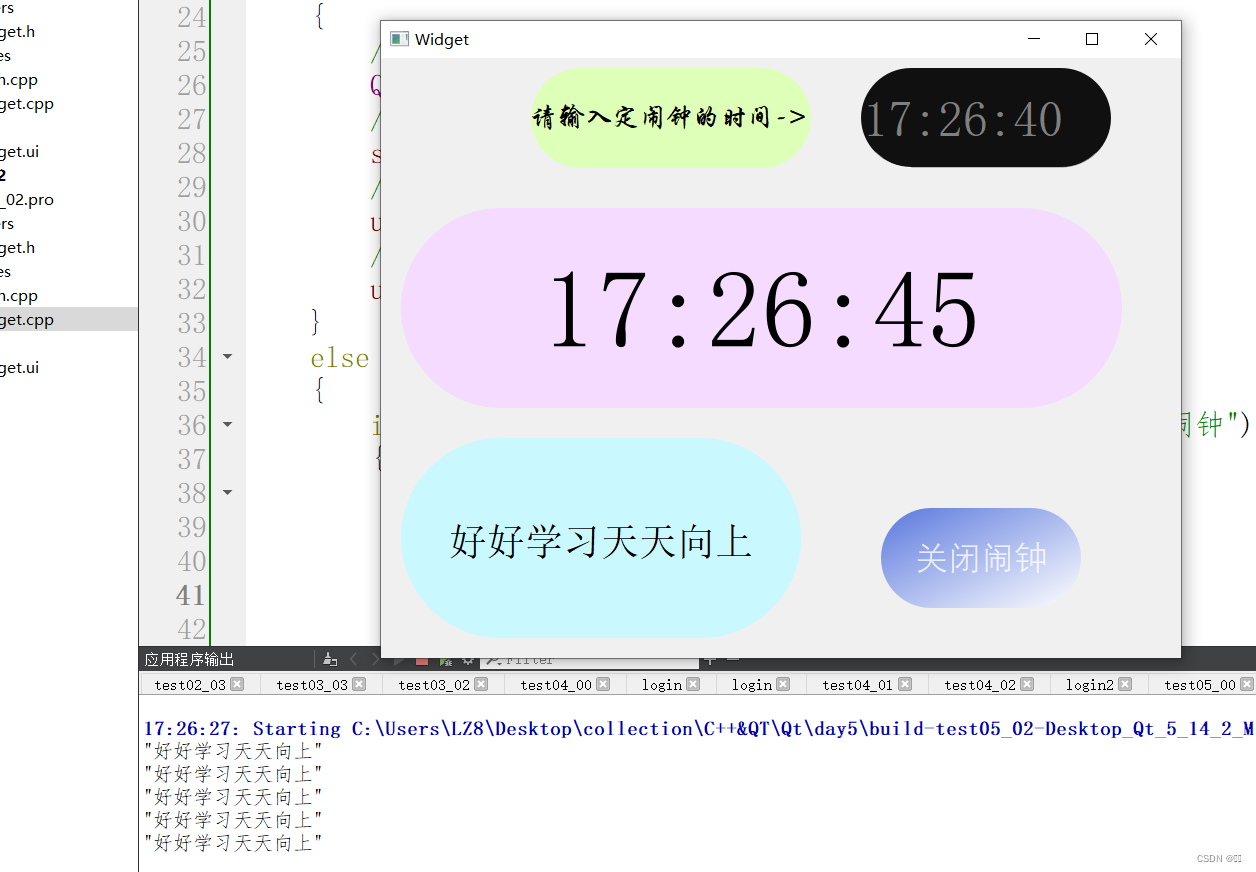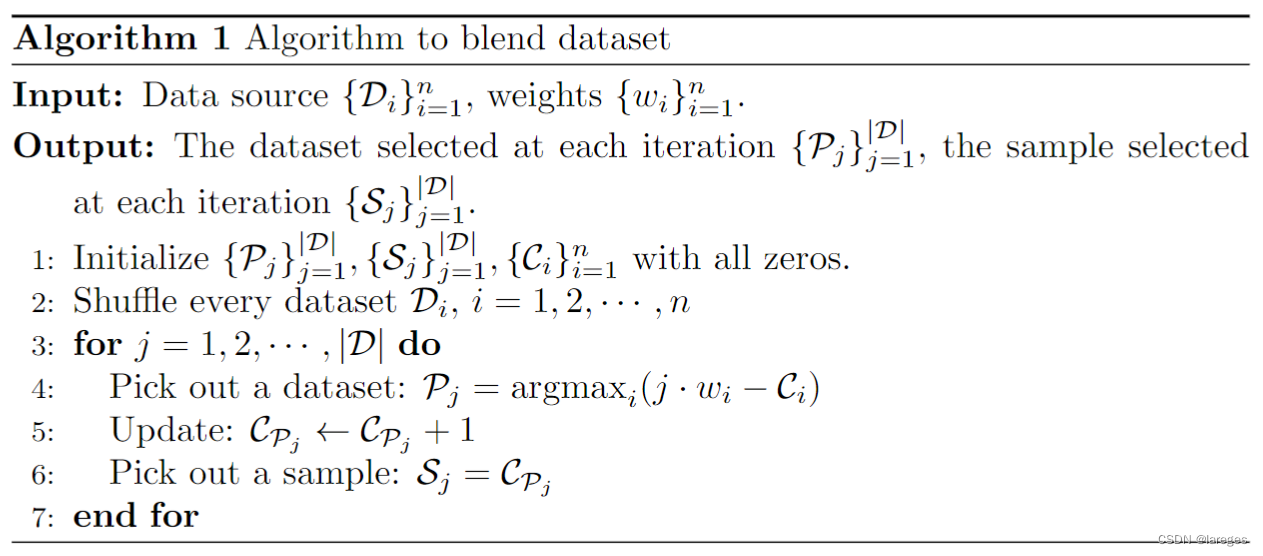0 引言
结构型模式(Structural Pattern)关注如何将现有类或对象组织在一起形成更加强大的结构。

1 适配器模式
适配器模式(Adapter Pattern):将一个接口转换成客户希望的另一个接口,使接口不兼容的那些类可以一起工作,其别名为包装器(Wrapper)。适配器模式既可以作为类结构型模式,也可以作为对象结构型模式。
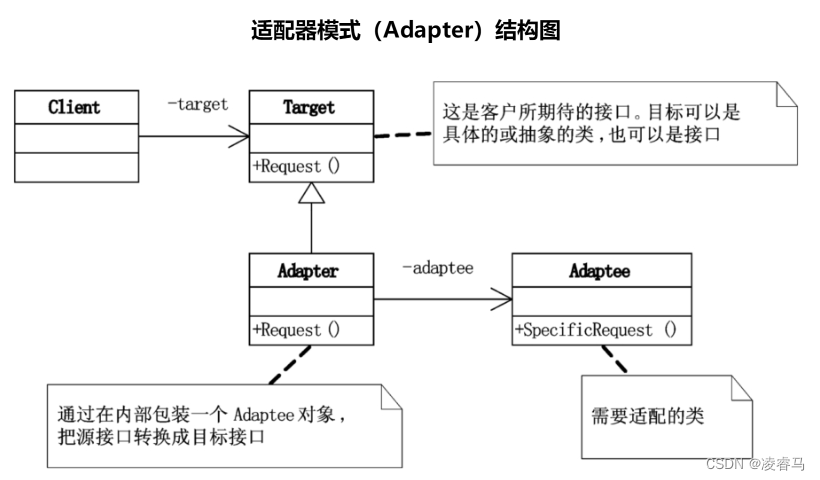
//首先,我们定义一个接口Target,这是客户端期望的接口:
public interface Target {void request();
}//然后,我们有一个类Adaptee,它的接口与Target接口不兼容:
public class Adaptee {public void specificRequest() {System.out.println("Called specificRequest()");}
}
接下来,我们创建一个适配器Adapter,它实现了Target接口,并包含一个Adaptee对象。在Adapter的request()方法中,我们调用Adaptee的specificRequest()方法,从而实现了对Adaptee接口的包装:
public class Adapter implements Target {private Adaptee adaptee;public Adapter(Adaptee adaptee) {this.adaptee = adaptee;}@Overridepublic void request() {adaptee.specificRequest();//TODO 做数据转换,拿到adptee的数据,转换为client需要的}
}最后,我们在客户端代码中使用适配器模式:
public class Client {public static void main(String[] args) {Target target = new Adapter(new Adaptee());target.request();}
}
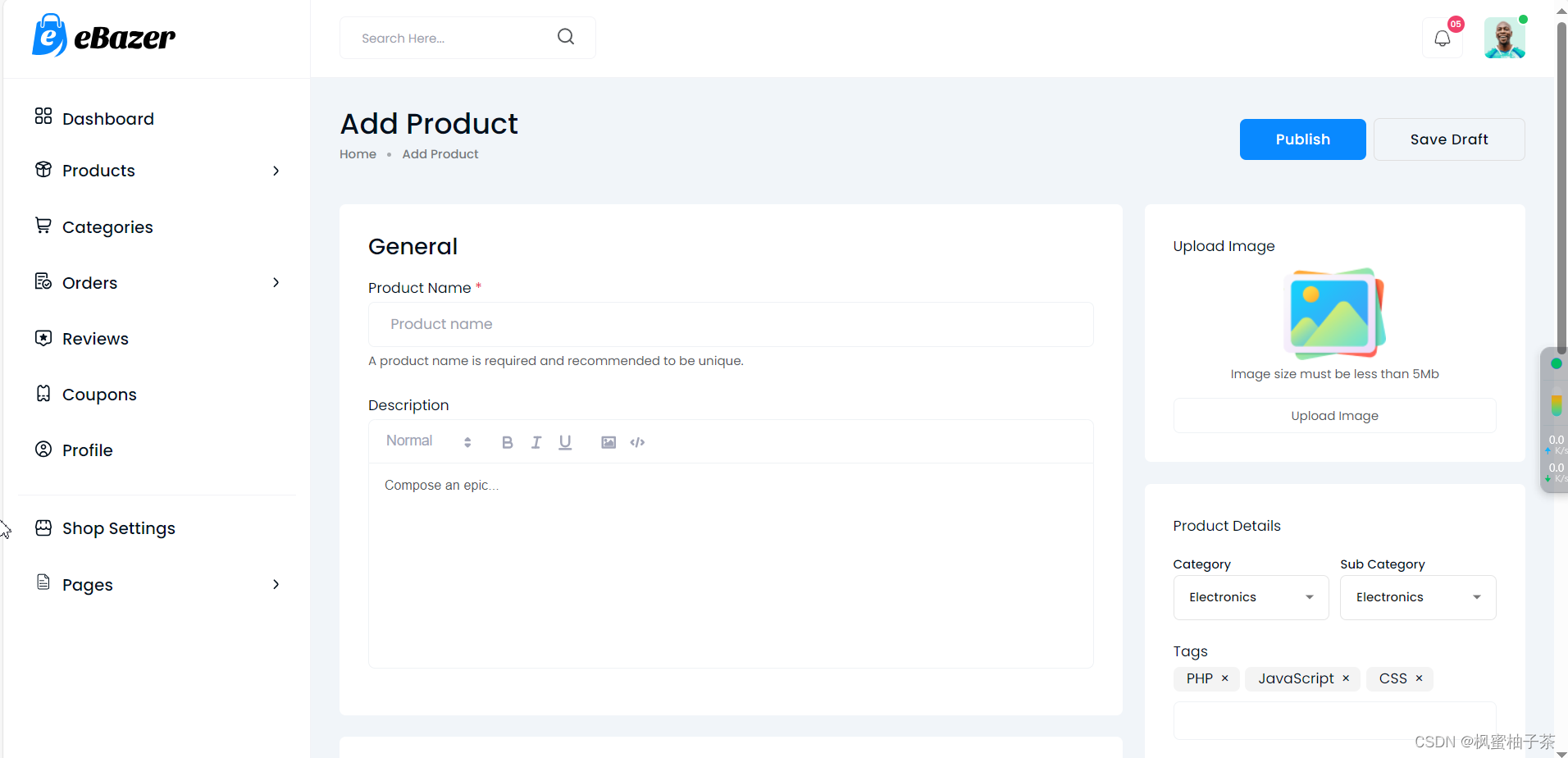
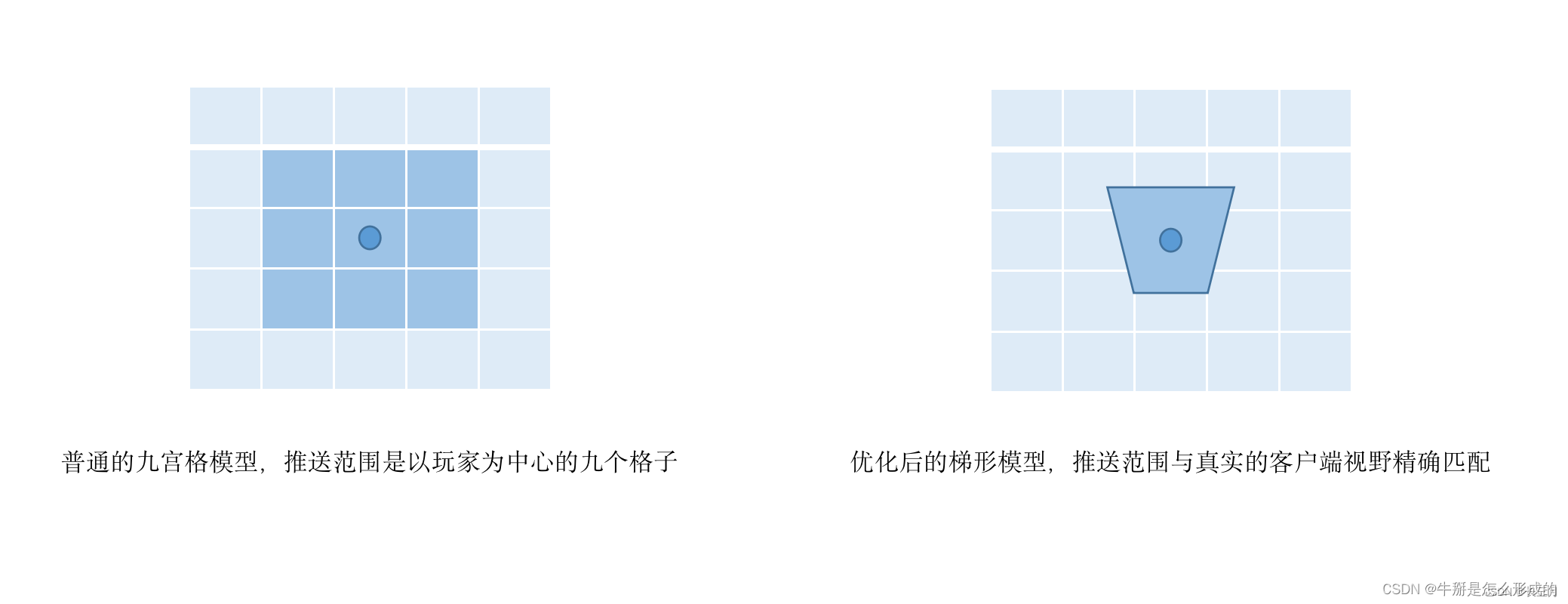

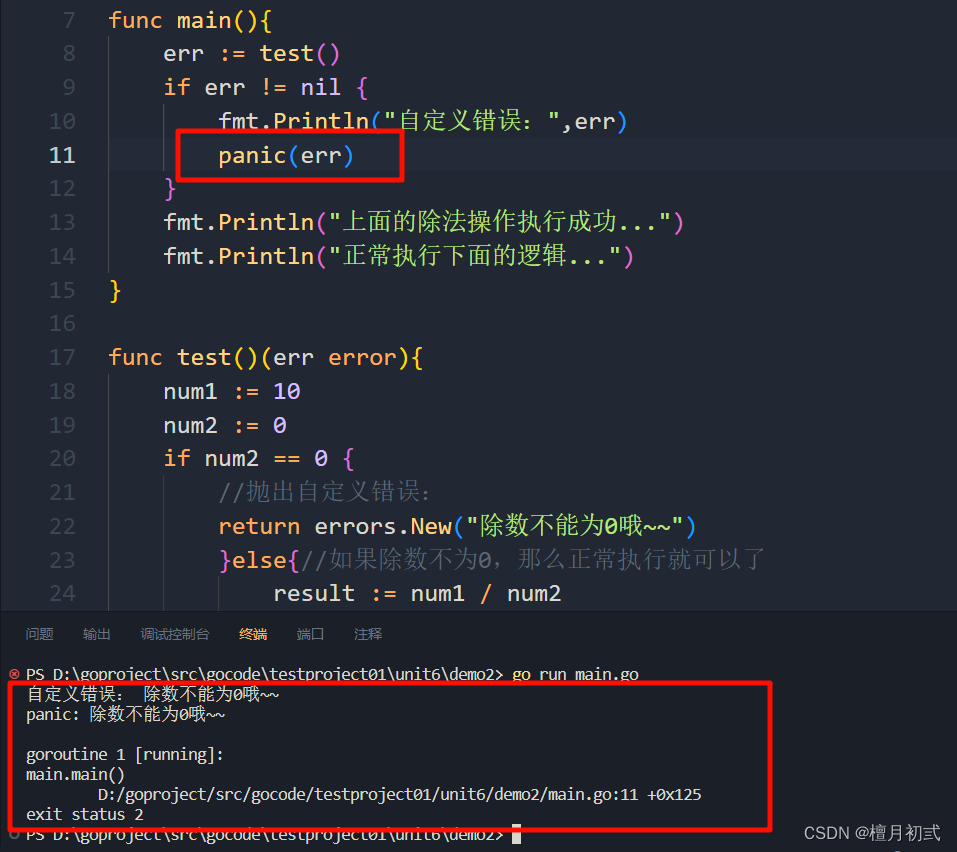
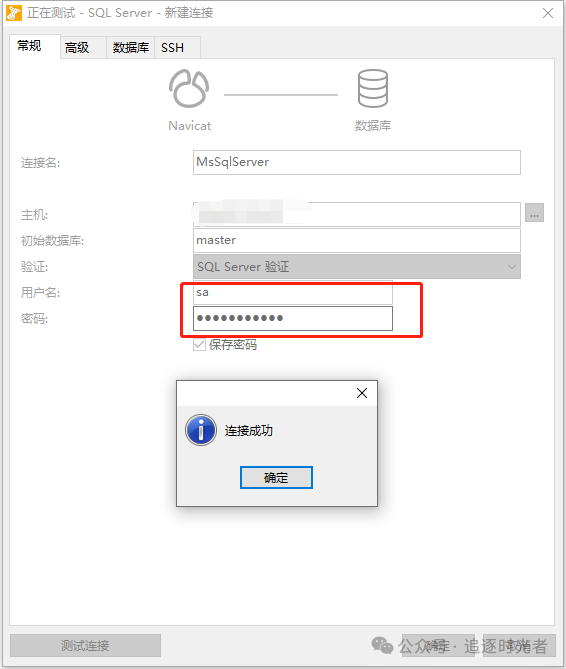
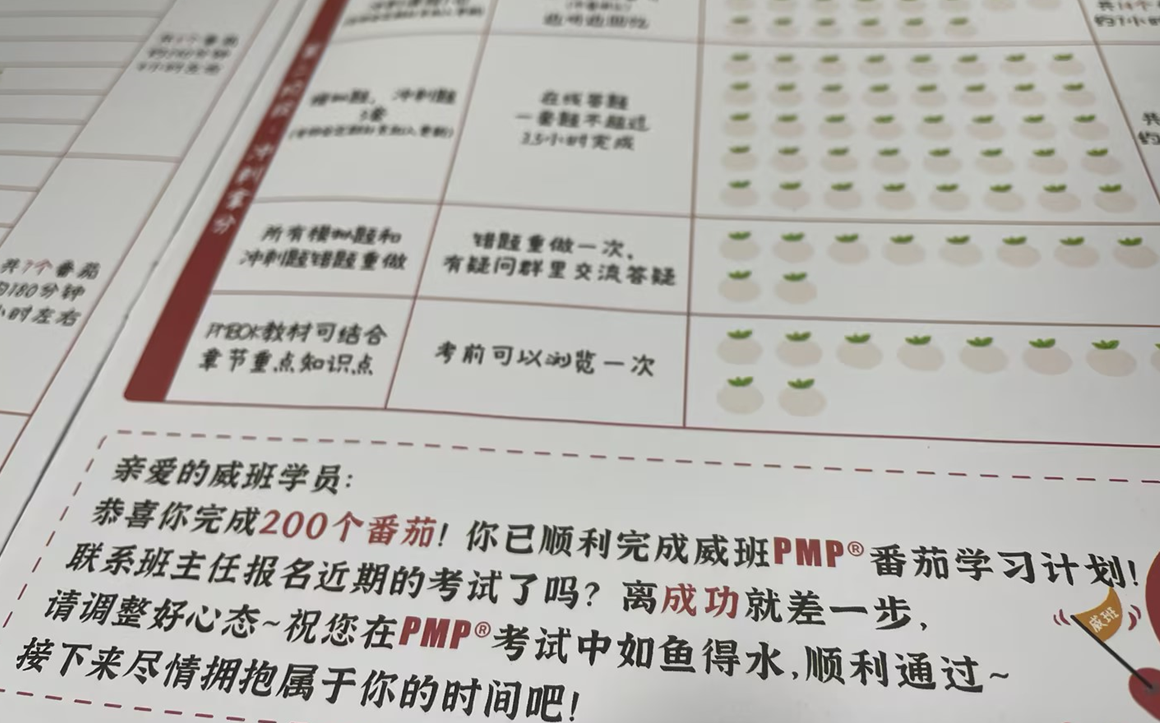
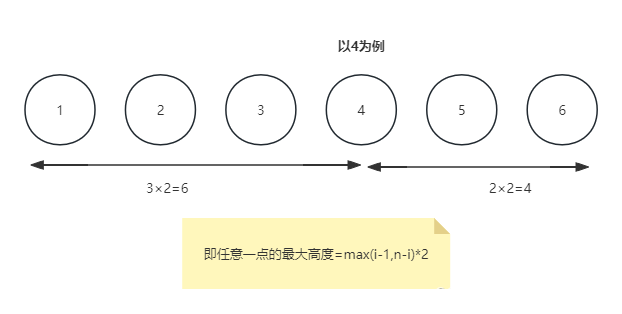
![[word] word竖排文字时,如何让英文和数字也纵向显示 #笔记#经验分享](https://img-blog.csdnimg.cn/img_convert/c438e1bb6d3d10c94dc7fa81fa7dc32b.jpeg)
